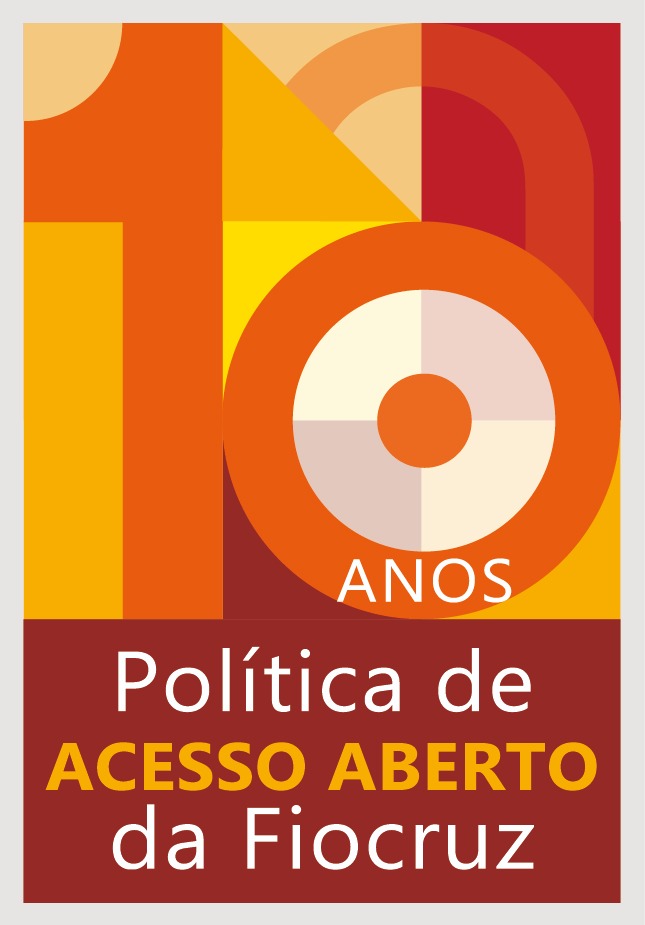Researchers from the Institute of Scientific and Technological Communication and Information in Health (ICICT/ Fiocruz) have created a working group to gather and analyze databases on the Yanomami population. The first results of the research indicate: 62% of the Yanomami indigenous communities currently live very close (less than 5 km) to areas with forest altered by non-indigenous people, placing them in a situation of immediate risk. This percentage corresponds to more than 17 thousand indigenous people.
The working group (WG) Geo-Yanomami crossed several databases and aerial photographs, referring to 366 indigenous communities and their surroundings. Thus, it was able to measure the escalation of threats to the health of indigenous people in recent years.
Environmental degradation and poor land use caused by mining are directly related to the increase in indigenous health problems in recent years. Among the main changes observed in the Yanomami Territory are the vegetation fires: There were 708 km² of areas affected between 2017 and 2022. The other activities that have most destroyed the forest in the region were deforestation and mining.
Crossing data from the report Yanomami sob ataque [Yanomami under attack] (published by the Hutukara Associação Yanomami in April/2022) with satellite images from December 2022, the researchers found an increase of more than 100 airstrips, at least 38 of them clandestine. They are concentrated in the North of the Yanomami Territory, region where there is a higher incidence of gold.
The study also points out that, of the more than 25,000 km of rivers that cross the region, around 2,000 km have indigenous people living on their banks. Half of them (53%) are potentially contaminated, affecting a population of around 12 thousand indigenous people.
“We realized that there was a lot of important data available, but they need to be sorted out and analyzed. With the results produced by the study, we hope to help in the planning of actions to face the health crisis in the Yanomami communities, not only in times of emergency, as it is now, but also in the coming years. This analysis is an initial step that needs to be improved with information from the field and with monitoring”, explains Diego Xavier, researcher at Fiocruz's Climate and Health Observatory and member of the Geo-Yanomami group.
The WG Geo-Yanomami is coordinated by Icict/Fiocruz.
![]()
![]()
![]() O conteúdo deste portal pode ser utilizado para todos os fins não comerciais, respeitados e reservados os direitos morais dos autores.
O conteúdo deste portal pode ser utilizado para todos os fins não comerciais, respeitados e reservados os direitos morais dos autores.



